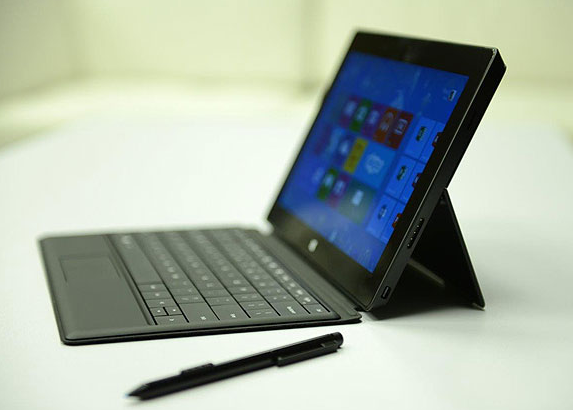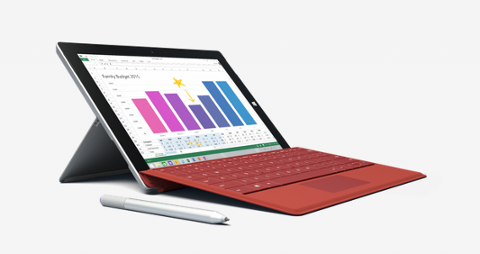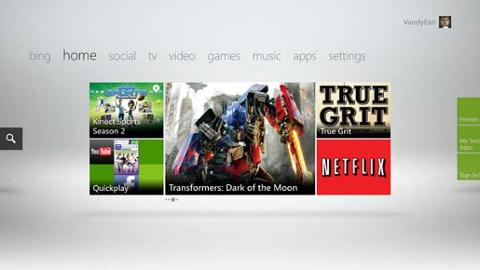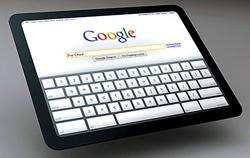Microsoft’s Tablet Strategy, Take Two: Surface Pro Coming Feb.
Microsoft has announced that its Surface Pro tablet, loaded with Windows 8, will arrive on store shelves Feb. 9. The Surface tablets represent a considerable gamble for Microsoft. Rather than sell Windows to a third-party device manufacturer—the model that made the company rich in the first place—Microsoft decided to build the Surface’s hardware and software in-house. While Apple’s managed to rack up considerable profits via a similar strategy, it remains to be seen whether Microsoft can pull it off. This past fall, Microsoft released a version of Surface running Windows RT, a version of Windows 8 designed to run on devices powered by ARM architecture, which dominates the tablet market. It hasn’t proven a runaway success; independent analysts estimated sales at anywhere from a few hundred thousand to a million units in the first quarter. Windows RT charged into the marketplace with what some perceived as a distinct disadvantage: although it bears a cosmetic resemblance to Windows 8, it can’t run legacy programs built for Windows on “traditional” x86 processors. But Surface Pro can—which could make it a true test of whether Microsoft’s strategy can succeed. The Surface Pro features an Intel Core i5 processor, a full-size USB 3.0 port, a 10.6-inch screen capable of 1920×1080 resolution, and support for digital pen input. It weighs a bit less than two pounds, with a thickness of just under 14 millimeters. If it has an Achilles Heel, it’s the reported four-hour battery life—half that of Surface with Windows RT, and somewhat less than many laptops and tablets on the market. Cost could also prove a factor: the 64GB version of the device will retail for $899, with the 128GB version coming in a little higher at $999. The flexible cover that doubles as a keyboard, such a prominent part of the Surface marketing campaign, is sold separately. If Microsoft wins its bet, Surface Pro could attract longtime Windows users who want a lightweight touch-screen capable of running their favorite programs, as well as tablet users who might have otherwise opted for an iPad or Google Android device. If it loses, however, then its attempt to become more of a services-and-devices company will be seriously wounded, if not destroyed entirely. Image: Microsoft



